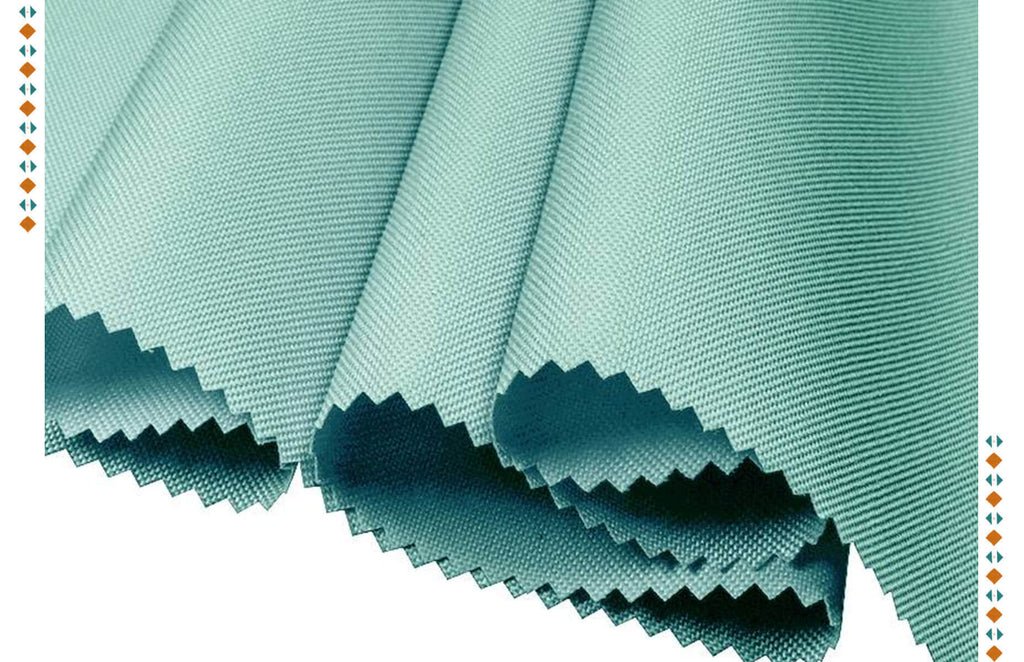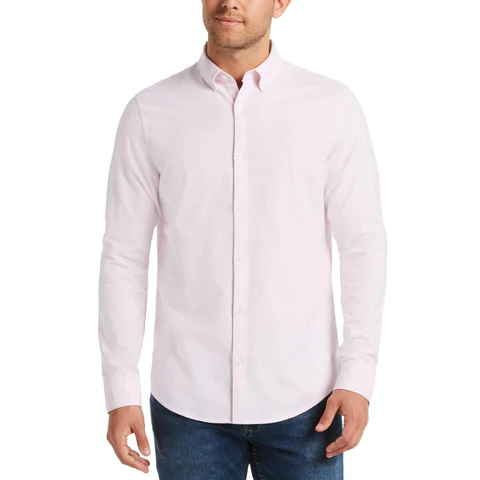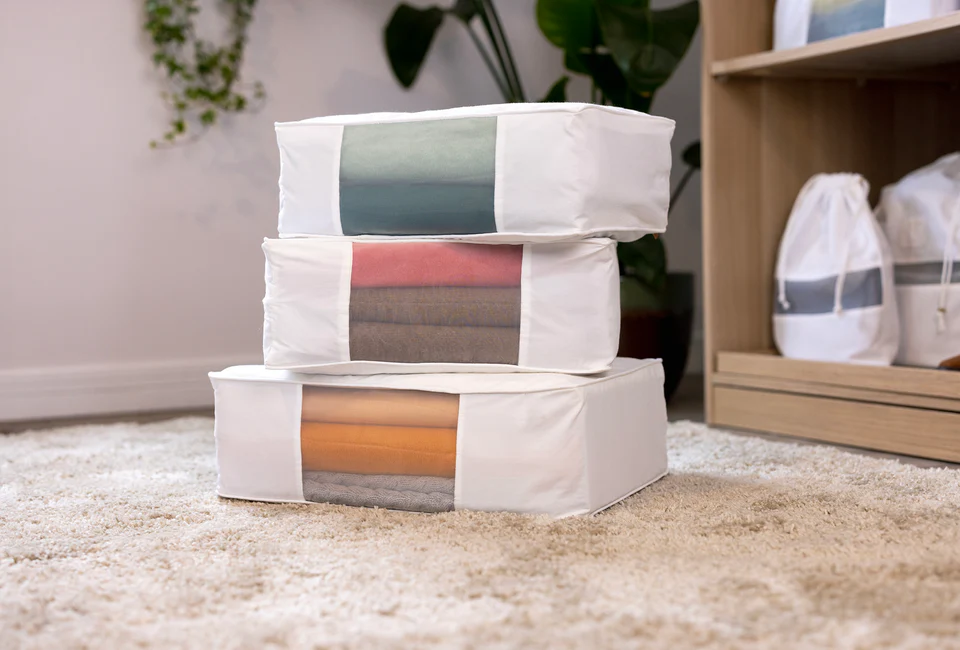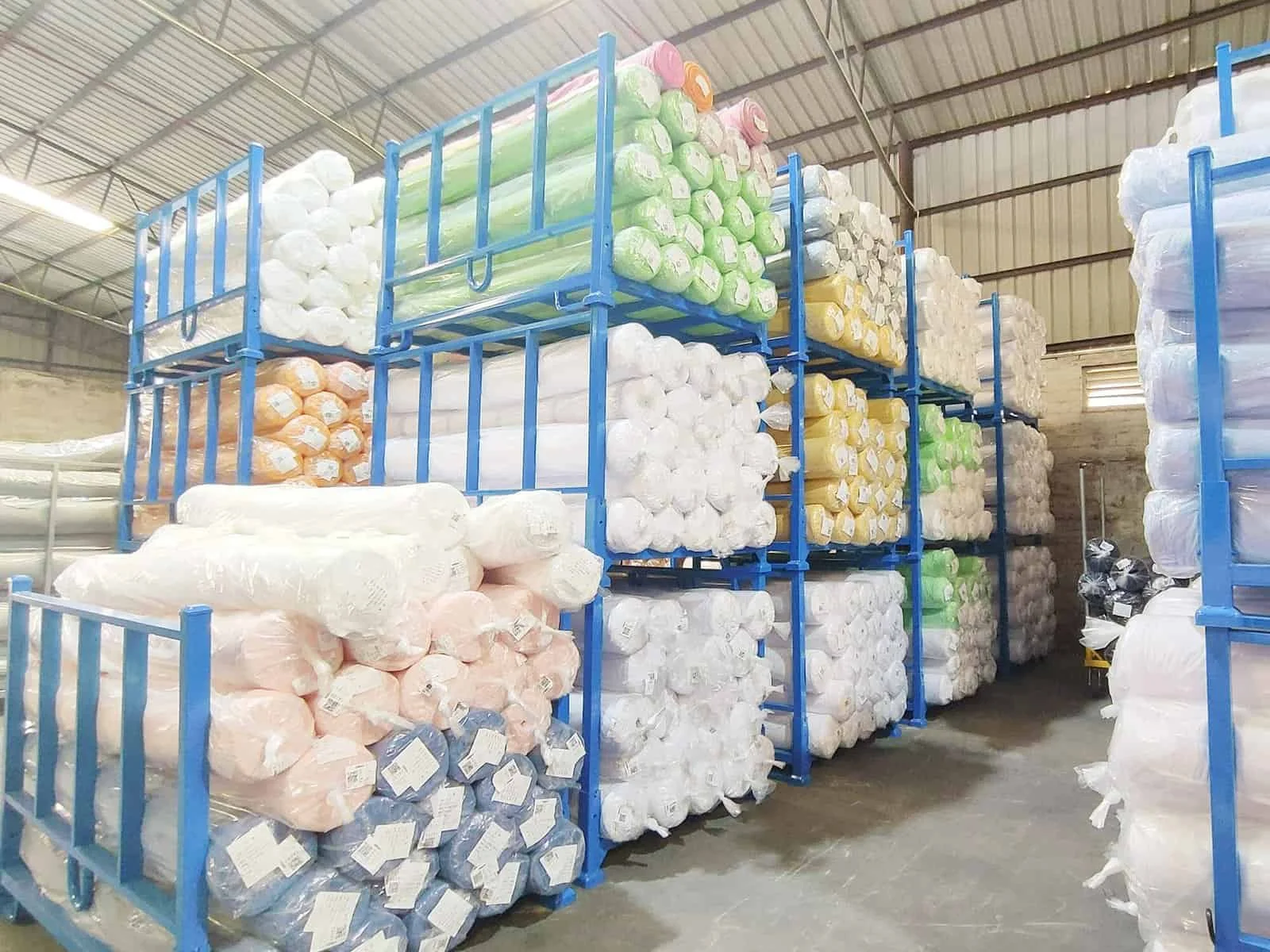Oxford cloth is a versatile, widely-used fabric known for its durability, lightweight nature, and a variety of practical applications. Originally developed in the 19th century, it has become a staple in both the fashion and home goods industries due to its unique characteristics.
But what exactly is Oxford cloth, and why is it so popular? In this guide, we’ll explore everything you need to know, including whether Oxford cloth is durable, its properties, and its common uses.
What Is Oxford Cloth?
Oxford cloth is a type of woven fabric typically made from cotton or a cotton blend. It is distinguished by its basketweave structure, which makes it thicker than other fabrics while still maintaining a soft texture. Unlike fabrics that are tightly woven, the basketweave design of Oxford cloth fabric allows for a balance between strength and breathability, giving it unique versatility.
You’ve likely encountered Oxford cloth in items like button-down shirts, backpacks, and home goods such as storage containers and even upholstery. This fabric is not only functional but also stylish, with a textured finish that adds depth to garments and accessories alike.

Is Oxford Cloth Durable?
When it comes to fabrics, durability is a top consideration. So, is Oxford cloth durable?
The answer is a resounding yes. Thanks to its basketweave structure, Oxford cloth is highly resistant to wear and tear. This makes it an excellent choice for clothing that sees frequent use, like shirts and outdoor gear.
Oxford cloth also holds up well in home products, such as upholstery and storage solutions, where durability is key. Whether you’re thinking about using Oxford cloth for fashion or utility, its long-lasting nature ensures it can withstand daily wear without fraying or weakening easily.
Is Oxford Cloth Waterproof?
One common question is whether Oxford cloth is waterproof.
While traditional Oxford cloth is not entirely waterproof, it can be treated to become water-resistant. This makes it useful for items like jackets, bags, and outdoor equipment. For example, many Oxford cloth fabric backpacks and duffel bags come with a water-resistant coating, making them suitable for light rain or damp conditions.
If you’re looking for full waterproofing, additional coatings or treatments are usually required. However, untreated Oxford cloth is still relatively moisture-resistant compared to other types of fabric.
Is Oxford Cloth Breathable?
Breathability is another essential feature to consider, especially for clothing items. So, is Oxford cloth breathable?
While it offers some level of breathability due to its weave, it’s not as breathable as materials like linen or mesh. However, it strikes a good balance between breathability and insulation, making it an ideal fabric for button-down shirts, especially in cooler weather.
Because Oxford cloth offers more insulation than lighter fabrics, it is often favored for fall and winter clothing. Its ability to maintain warmth while offering some airflow makes it suitable for various climates.



Applications of Oxford Cloth
Now that we’ve answered, what is Oxford cloth, let’s explore some of its popular uses:
Fashion:
Oxford cloth is a go-to material for men’s and women’s button-down shirts due to its soft feel and slightly textured look. It’s also found in jackets and pants, often paired with water-resistant finishes for outdoor wear.
Home Goods:
From Oxford cloth storage bins to upholstery, this fabric is highly durable, making it an excellent choice for household items that need to withstand daily use.
Outdoor Gear:
Whether it’s backpacks, duffel bags, or camping equipment, Oxford cloth is frequently used in products that need to be both durable and water-resistant.
Conclusion
Oxford cloth stands out for its durability, versatility, and balanced properties. Whether you’re looking for a fabric that’s suitable for clothing, outdoor gear, or home goods, Oxford cloth provides a reliable and stylish option. With its ability to be water-resistant and breathable while remaining soft and durable, this fabric has become a favorite across industries.




